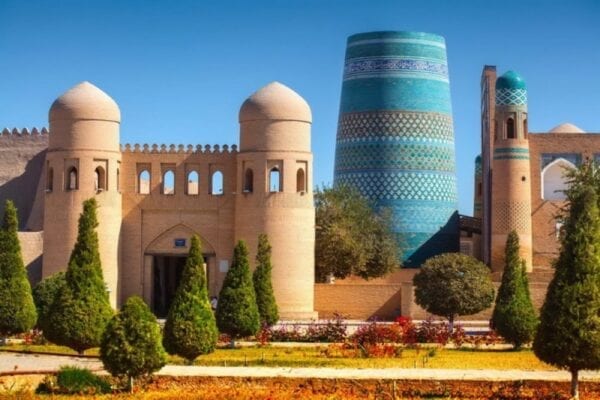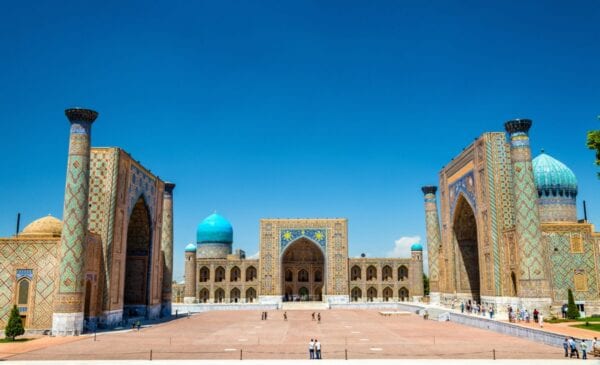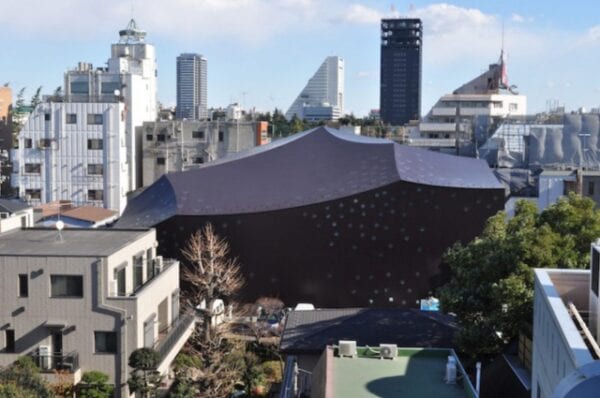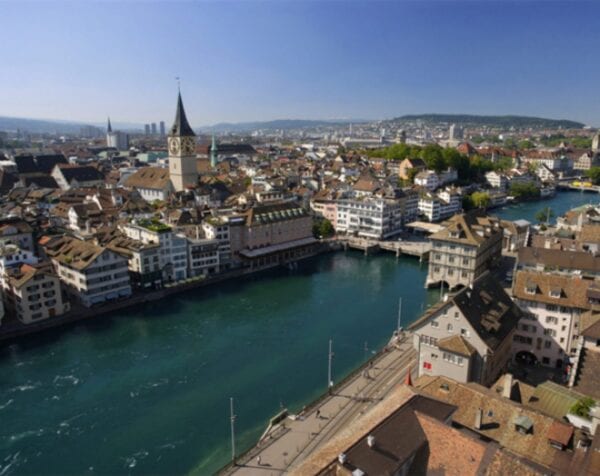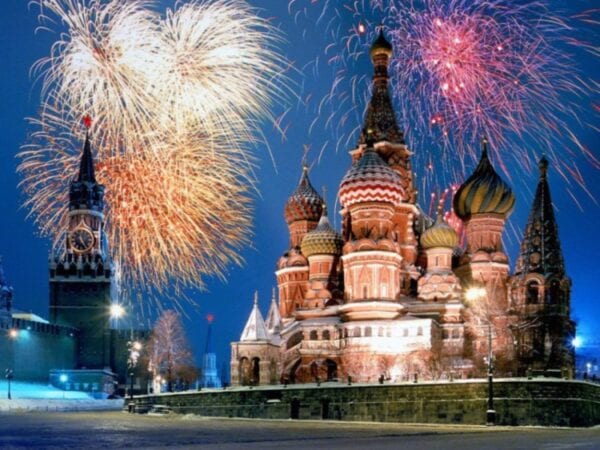 08, Декабрь, 2017
08, Декабрь, 2017The pride of Chechnya, the landmark of Russia and the world’s cultural heritage — Necropolis of Choi-Pede
Among the many historical attractions of Russia, the necropolis of Choi-Pede located in the Caucasus has its own unique face and history. In addition to beautiful legends, Tsoi-Pede («the settlement of a deity» in translation from Chechen), the necropolis has its own modern history.
In the Unified State Register of Cultural Heritage Objects, the necropolis of Choi-Pede has the ordinal number 201008000 assigned to him only in 1974. At the same time, a serious excavation and study of it began quite a long time, starting from the mid-fifties of the last century. And the historical value of this place is identified 42 crypts and 2 watchtowers, which according to historians date from the V to XIV century.
From the point of view of the history of this region, the necropolis is of interest as a place where remains of a fairly large period were preserved. And although almost all graves are looted, despite the inaccessibility of this area, the presence in this necropolis of ancient burials clearly indicates the rather ancient culture of this region.
No less remarkable moment of Tsoi-Peda is the architecture of the surviving buildings. First of all it is worth noting two battle towers, towering above the necropolis decorated with colored mosaics. According to many researchers, the mosaic of St. George with widely spread arms and legs is laid out against the gray background of the towers.
To date, visiting this historic site requires at least a special permit from the local authorities, so the necropolis is located practically on the border of the Russian Federation and the Republic of Georgia. At the same time, according to Russian border guards, a significant part of the necropolis is inaccessible for visiting, since communications with the fighting in 2008 were mined.

